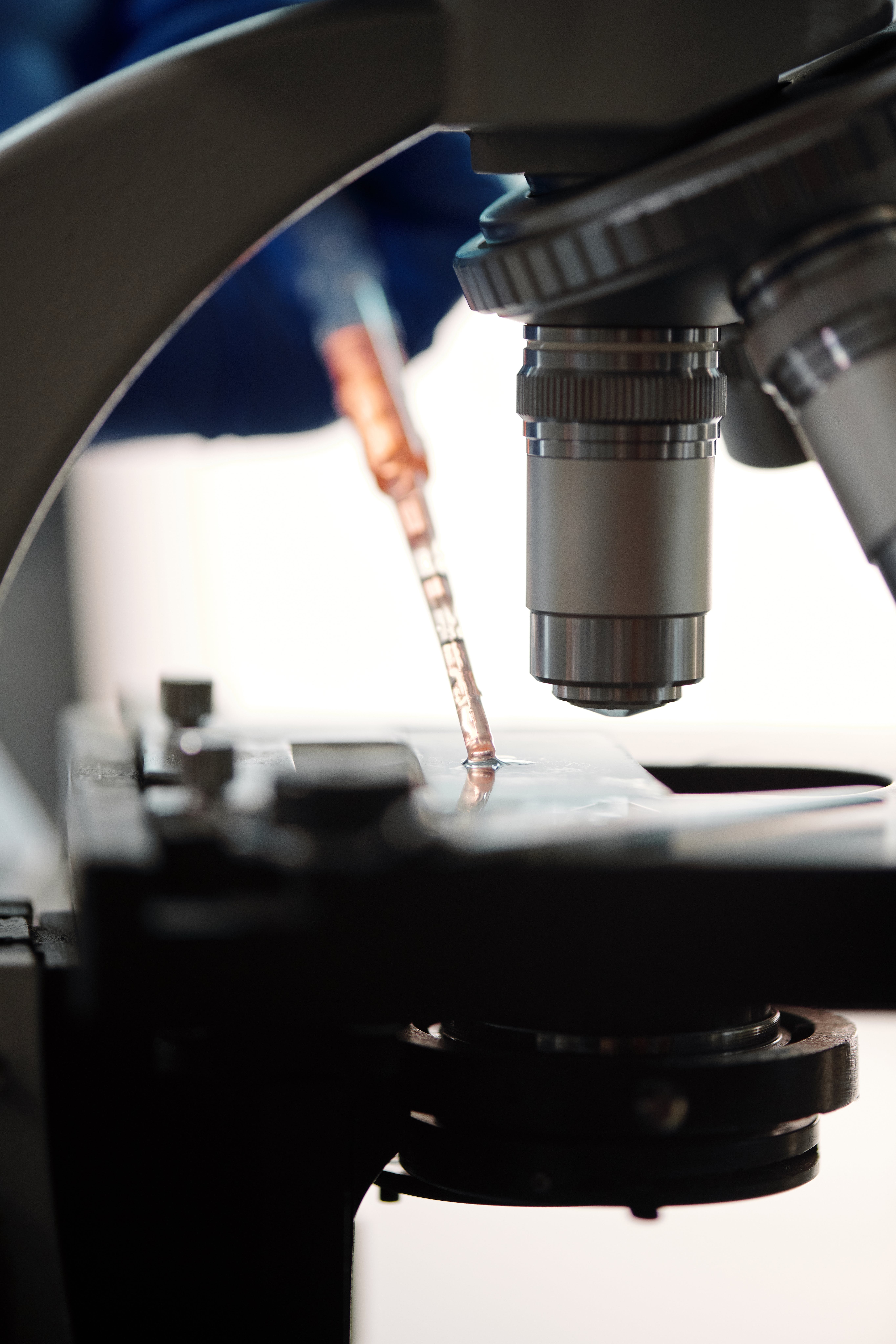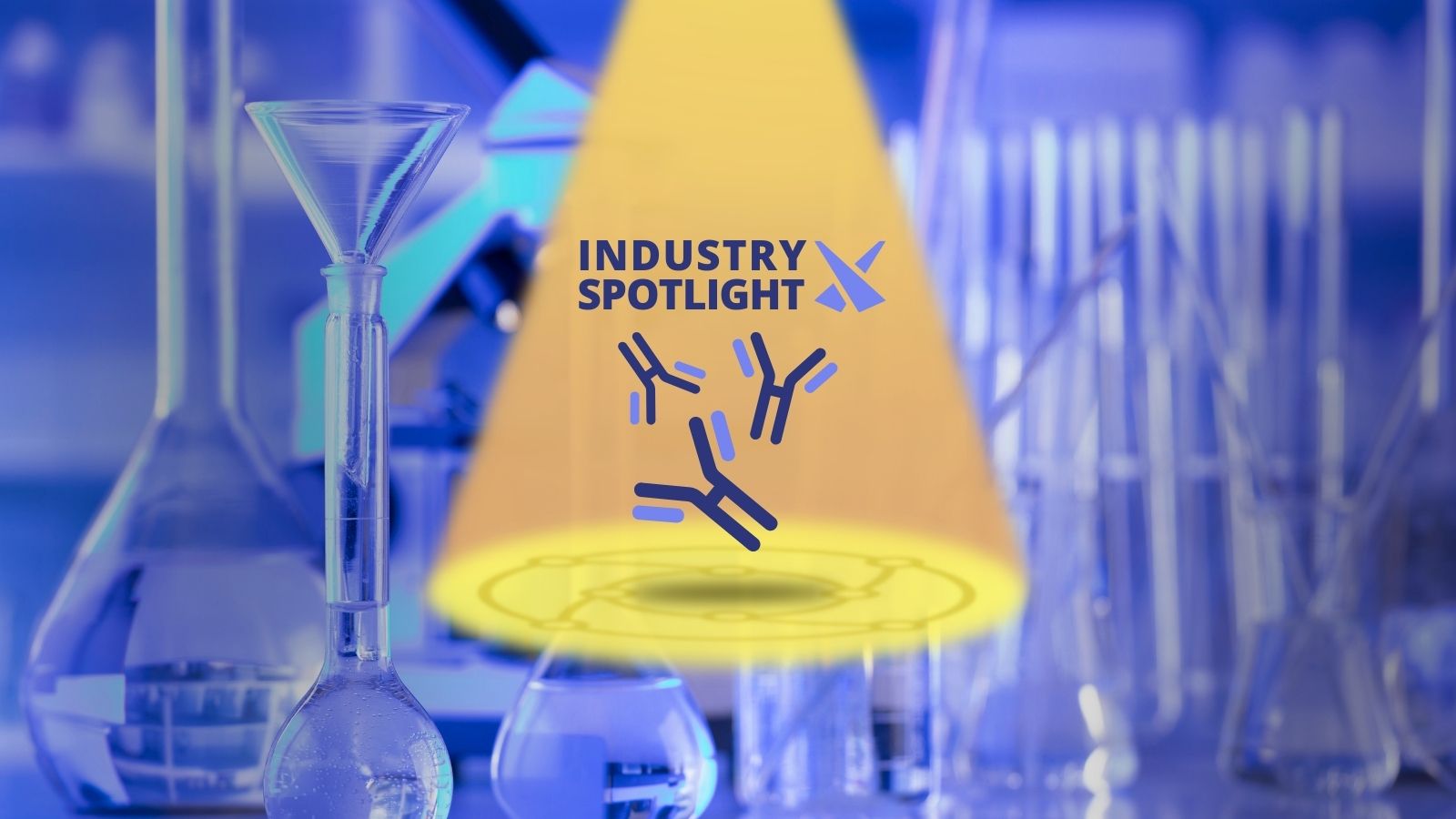Applications of Stem Cells in Personalised Medicine

Stem cells, known for their self-renewal capabilities and differentiation potential, have been at the forefront of medical research for several years. The transformative role of stem cells in personalised medicine in enhancing and bringing to light new applications of stem cells in tailoring treatments to individual patients. These applications are not just groundbreaking in their nature, but they also underscore the paradigm shift towards more individualized medical treatments. Instead of a one-size-fits-all approach, stem cell research in personalised medicine emphasizes therapies that are tailored to the unique genetic and biological profiles of each patient. This ensures that treatments are not only more effective but also reduce potential side effects allowing interventions to be more unique, tailored and individualised to each patient.
Regenerative Medicine
The realm of regenerative medicine holds promise to revolutionize patient care by restoring or replacing damaged tissues and organs. Central to this field's advancements are stem cells, which possess the unique ability to develop into numerous cell types, offering unparalleled potential for therapeutic applications.
Tissue Engineering and Organ Regeneration:
Stem cells are the cornerstone of tissue engineering. Their innate capacity to divide and differentiate makes them ideal candidates for developing tissues that can repair or replace damaged organs. These developments come at a time when the demand for organ transplants far outweighs the supply, and many patients languish on waiting lists.
One of the pioneering institutions in this domain is the Wake Forest Institute for Regenerative Medicine. Their groundbreaking research has led to the creation of lab-grown organs, including bladders and trachea. These aren't just theoretical achievements; they have real-world implications. By cultivating these organs in controlled environments and subsequently transplanting them into patients, we edge closer to a future where organ shortages may become a relic of the past.
Autologous Stem Cell Therapies for Tissue Repair:
One of the significant challenges in transplantation is the body's potential to reject foreign tissues. Enter autologous stem cell therapies, where the therapeutic cells are derived from the patient themselves. This approach sidesteps the risk of immune rejection, as the body recognizes these cells as its own.
A salient application of this strategy is the autologous chondrocyte implantation. Cartilage, unlike many other tissues, has limited self-repair capabilities. However, by extracting chondrocytes (cartilage cells) from patients, cultivating them in the lab, and then re-implanting them into areas with cartilage defects - such as the knee - doctors have seen marked improvements. Patients undergoing these procedures often report reduced pain and increased joint mobility. Such tangible results not only underscore the effectiveness of autologous stem cell therapies but also herald a new chapter in non-invasive tissue repair strategies.
Drug Discovery and Development
Within the field of drug discovery and development, the journey from a potential drug candidate to a market-ready therapeutic is quite long and filled with challenges. One of the major hurdles is the predictive accuracy of pre-clinical models. With the advent of stem cell technology, this landscape is experiencing a transformative shift, offering more refined and human-relevant platforms for drug testing.
Stem Cell-derived Models for Drug Screening:
Historically, drug screening has heavily relied on animal models and 2D cell cultures. While these methods have provided invaluable insights, they often fall short in replicating the multifaceted nature of human tissues and organs. This discrepancy can lead to drugs that seem promising in lab settings but fail in human trials due to unforeseen side effects or lack of efficacy.
Enter stem cell-derived organoids and 3D cultures. These innovative models, cultivated from stem cells, closely mimic the structural and functional intricacies of human organs. For instance, miniaturized versions of the liver, brain, or intestines can be grown in labs, providing a near-physiological environment for drug testing. The European Bioinformatics Institute has been vocal about the transformative potential of these models. By offering a more human-relevant backdrop, they can significantly enhance the predictive accuracy of drug discovery pipelines, potentially saving billions in research funds and speeding up the time it takes to bring a drug to market.
Predicting Patient-specific Drug Responses
One of the challenges in today's medical paradigm is the variability in patient responses to drugs. What works for one individual might not work for another, and in some cases, can even be harmful. This variability stems from the genetic and metabolic differences that exist among individuals.
With the capabilities of stem cells, this challenge is being turned into an opportunity. Scientists can now generate tissues derived from the stem cells of individual patients, essentially creating a "mini-me" version of their organs in the lab. These personalized tissue models can then be exposed to various drugs, allowing researchers to observe how they would react in a real-world scenario. This revolutionary approach offers a glimpse into the future of medicine: a world where doctors can predict a patient's response to a drug even before it's administered. Such foresight could drastically reduce adverse drug reactions, ensuring that patients receive treatments best suited for their unique biological makeup.
Disease Modelling
The modern era of biomedicine is witnessing a paradigm shift in the way diseases are understood and studied. While animal models and traditional cell cultures have long been the mainstay of biomedical research, they sometimes offer an oversimplified picture of human diseases. With the evolution of stem cell technologies, especially the advent of induced pluripotent stem cells (iPSCs), a more nuanced, patient-centric approach to disease modelling has emerged.
Creating Patient-specific iPSCs to Model Diseases:
Induced pluripotent stem cells, or iPSCs, represent one of the most groundbreaking advancements in the world of regenerative medicine and disease research. These cells are essentially reprogrammed from a patient's somatic cells, often skin or blood cells, to revert to a pluripotent state – a state where they possess the potential to differentiate into almost any cell type in the human body.
iPSCs are able to model diseases in a manner that's specific to an individual patient. Once these cells are induced to differentiate into disease-specific cell types, researchers can recreate and study the disease in a dish. This method provides a dynamic platform to analyze the nuances of diseases in ways that were previously unimaginable.
One of the notable institutions spearheading research in this domain is the Broad Institute. Their pioneering work with iPSCs provides invaluable insights into various diseases at a cellular and molecular level. By analyzing these patient-derived cell models, scientists at the Broad and elsewhere can decipher the intricacies of diseases as they manifest uniquely in individual patients.
Insights into Disease Mechanisms and Potential Therapeutic Targets:
The advantages of stem cell-based disease models extend beyond their patient-specific nature. As these models accurately mimic the disease environment, they offer a window into the underlying mechanisms driving the disease's progression. By observing these cellular models, researchers can trace the molecular pathways and aberrations that lead to disease onset and progression.
Such insights often lead to the identification of potential therapeutic targets. These are specific molecules or pathways that can be modulated or inhibited to alter the course of the disease. By targeting these areas with drugs or other therapeutic strategies, it becomes possible to develop novel treatments that are more effective and less prone to side effects.
Gene Therapies and Editing
Gene therapies and gene editing aim at correcting, rather than just treating, genetic aberrations offering hope for many inherited diseases that were once deemed untreatable. Coupling this with the potential of stem cells has further amplified the prospects of developing lasting cures.
CRISPR and Other Gene-editing Tools in Stem Cells:
Over the past decade, various gene-editing tools have been developed, but none have garnered as much attention as the CRISPR/Cas9 system. Short for "Clustered Regularly Interspaced Short Palindromic Repeats," CRISPR offers an unprecedented precision in targeting and editing specific genetic sequences within the vast expanse of the human genome.
When applied to stem cells, this technology unlocks immense potential. Scientists can now introduce or correct genetic information within these cells, effectively creating a corrected cell line that can replace its faulty counterpart. Among the myriad of applications, two diseases stand out: cystic fibrosis and sickle cell anemia. Both conditions result from specific genetic mutations. For cystic fibrosis, it's a mutation in the CFTR gene, and for sickle cell anemia, it's a mutation in the HBB gene. Using CRISPR technology on stem cells, researchers have demonstrated the feasibility of correcting these mutations in lab settings, laying the groundwork for potential cures.
Personalized Gene Corrections for Genetic Disorders:
While gene-editing technologies like CRISPR offer a broad scope of applications, there's a growing emphasis on personalizing these interventions. Every individual's genetic makeup is unique, and so are the mutations that might afflict them. By harnessing the power of stem cells, which can be harvested and cultivated from individual patients, it's possible to perform patient-specific gene corrections.
This approach offers a twofold advantage. Firstly, by using a patient's cells, the risk of immune rejection post-transplantation is significantly reduced. Secondly, the precision of editing ensures that the genetic intervention is tailor-made to address the unique genetic aberrations of the patient. By rectifying these specific mutations, the therapeutic outcome is optimized, ensuring that the treatment is not only effective but also minimizes potential off-target effects.
Get your weekly dose of industry news and announcements here, or head over to our Cell portal to catch up with the latest advances in stem cell development and manufacturing. If you'd like to learn more about our upcoming Cell UK conference, visit our event website to download an agenda or register your interest.







